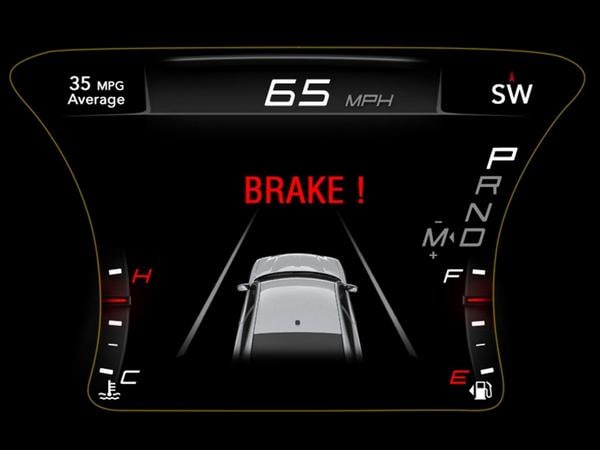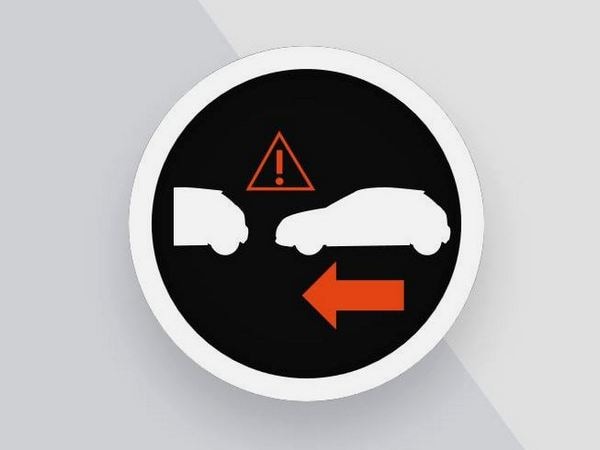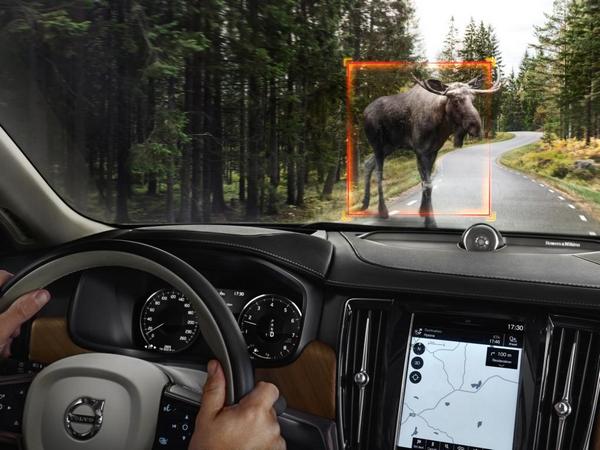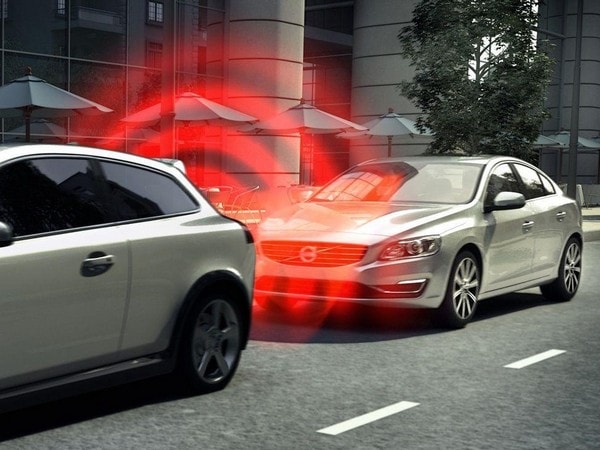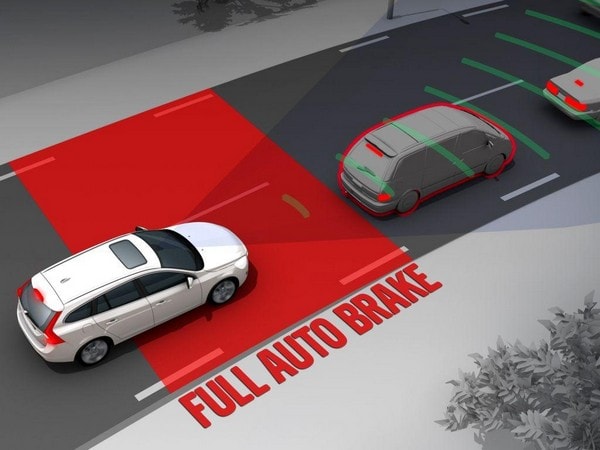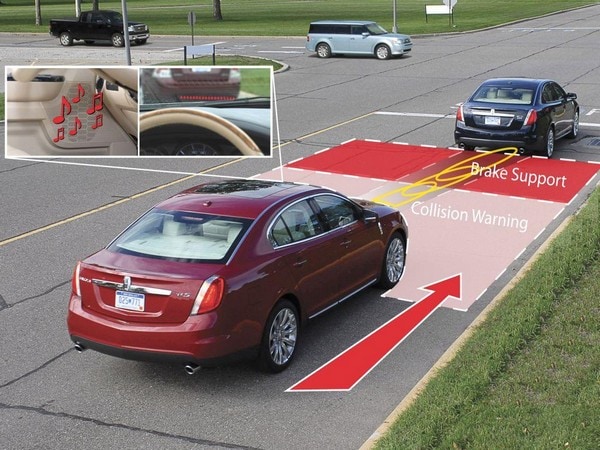In a deal brokered by the U.S. Department of Transportation’s National Highway Traffic Safety Administration (NHTSA) and the Insurance Institute for Highway Safety (IIHS), 20 major automakers representing more than 99 percent of the U.S. auto market have agreed to make automatic emergency braking (AEB) a standard feature on all of their new vehicles no later than Sept 1, 2022. Under terms of the pact, AEB will be installed on virtually all light-duty cars and trucks with a gross vehicle weight (GVW) of 8,500 lb. or less beginning. Trucks with a GVW between 8,501-10,000 lb. will have the technology as standard equipment beginning Sept. 1, 2025.
Collision preventing technology
Signees to this historic agreement include Audi, BMW, FCA, Ford, General Motors, Honda, Hyundai, Jaguar Land Rover, Kia, Maserati, Mazda, Mercedes-Benz, Mitsubishi Motors, Nissan, Porsche, Subaru, Tesla, Toyota, Volkswagen and Volvo. NHTSA indicated this voluntary agreement cut three full years off of the time that would have been needed to push through formal rulemaking. It also claims that expediting the process will prevent 28,000 crashes and 12,000 injuries.
Also: Class of 2016 — New Cars Ready to Roll
To comply with the new agreement, a vehicle’s AEB package must be part of a forward collision warning system that meets a current NHTSA 5-Star Safety Ratings program requirement on the timing of driver alerts and incorporates automatic braking system that earns at least an “Advanced” rating in the current IIHS front crash tests. The performance measures is a speed reduction of at least 10 mph in either the IIHS 12 or 25 mph tests or a reduction of 5 mph in both of the tests.
Also: Kelley Blue Book Best Buy Awards of 2016
“It’s an exciting time for vehicle safety. By proactively making emergency braking systems standard equipment on their vehicles, these 20 automakers will help prevent thousands of crashes and save lives,” said U.S. Transportation Secretary Anthony Foxx. “It’s a win for safety and a win for consumers.” The process to gain manufacturer support for AEB began last September when NHTSA and the IIHS challenged the industry to voluntarily move forward on this advance. Initially, only Audi, BMW, Ford, General Motors, Mazda, Mercedes-Benz, Tesla, Toyota, Volkswagen and Volvo stepped forward. Since then, the remaining group of 10 also agreed the time for action had come which led to a series of meetings resulting in the final agreement.
May lower insurance rates
In addition to helping save lives, IIHS Board Chairman and CEO of American Family Insurance, Jack Salzwedel noted there is another potential consumer upside. “Deploying AEB on a wide scale will allow us to further evaluate the technology’s effectiveness and its impact on insurance losses, so that more insurers can explore offering discounts or lower premiums to consumers who choose AEB-equipped vehicles.”
More Safety Technology News…
Our five favorite New-Car Safety Features
The 2016 Cadillac CT6 features a streaming video rearview camera
Mini has begun testing a new Augmented Vision technology system
